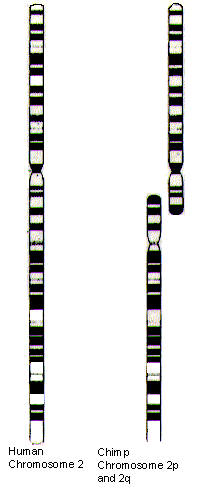You seem to misunderstand my point. There is no evidence of 'humans' other than modern man (sapiens) in the Western hemisphere. Sapiens out of Africa seems to have occurred between 60000 and 70000 years ago, placing an upper limit for humans in the Americas. I am well aware of the fact that homo erectus was all over the Eastern hemisphere, but there is no evidence of this species in the Western.
.fyi
'Our scenario suggests that there was an early modern group of humans in Greece by 210,000 years ago,
...'
Early
H. sapiens fossils from Israel are known at about 170,000 and 120,000 years old.
...
If these latest analyses are correct,
H. sapiens entered Europe over 150,000 years earlier than we thought, ...
from:
https://www.nhm.ac.uk/discover/news...een-in-europe-150-000-years-earlier-than.html
......................'
Modern human teeth that are at least 80,000 years old have been found in China. Museum human origins expert Professor Chris Stringer says the discovery is a 'game-changer'.
Researchers have dated 47 human teeth found in a cave in China to between 80,000 and 120,000 years ago - at least 20,000 years before modern humans were thought to have ...
When dated, the stalagmite gave a minimum age of 80,000 years for the human teeth buried below, while an analysis of mammal fossils found alongside the teeth yielded an upper limit of around 120,000 years.
from:
https://www.nhm.ac.uk/discover/news...asia-far-earlier-than-previously-thought.html
...............'
An early-modern human fossil from a cave in Israel has been dated to around 180,000 years ago,
...
The find breaks the long-established 130,000-year-old limit on modern humans outside of Africa. I think the new dating hints that there could be even older
Homo sapiens finds to come from the region of western Asia.'
...
The researchers dated teeth from the jaw and flint tools found with the remains, obtaining an average age for the specimens of about 177,000-194,000 years old.
from:
https://www.nhm.ac.uk/discover/news...ica-40-000-years-earlier-than-we-thought.html
.................................................
at the risk of redundancy, I reiterate what I said 40 odd years ago
Roughly, I said that putting a "first date" on anything related to archaeology was ludicrous.
Who knows what the next shovel will turn up?
When the "science is settled"--- it stops being science?







